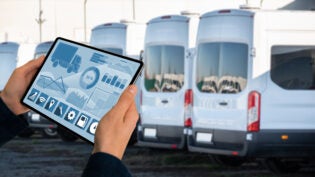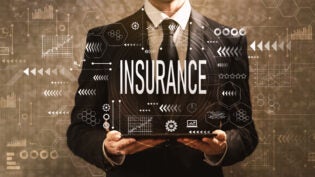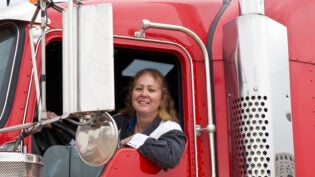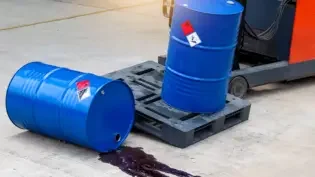
Much of workplace safety is common sense. But there is a natural tension between economy of operation and provision for safety for employees, and the resulting risk to the enterprise must be carefully weighed.
Good boards of directors have a committee of the board to deal with “audit” issues, which should include analysis and recommendations to management about workplace safety as a part of a broader issue of risk management. After all, the board and management together are responsible for keeping the company alive, protecting the corporate asset on behalf of all stakeholders—including shareholders, employees, and customers.
Especially in a manufacturing environment, there are laws created by those who have experienced the result of accidents by others that impose upon all companies the hard-earned lessons from the past. Many of us groan when reading or hearing of these detailed, burdensome rules and laws. Yet workplace accidents are harmful to health and safety for all, to morale, and they ultimately cause financial hardships upon the company, whether in the form of lost productivity, increased insurance cost, or debilitating lawsuits that inevitably follow.
No company, even the smallest, is immune to safety issues. In this computer keyboard-driven office world, programmers, accounting and office personnel, and many others are exposed to carpel tunnel, back, and leg and neck problems, just by sitting in place. The risk of injury, worker compensation insurance claim, lost productivity, and lawsuit are only slightly less in the office than on the factory floor.
And how do you protect your employees who travel when on the road? Are you and they aware of the procedures for informing insurance companies, their managers and others in the event of an accident while on the road? How do you and they respond when out of the country? To whom do they turn when in unsafe environments, let alone after an accident, when isolated from their local infrastructure?
None of us likes to think of these issues which detract from the focus upon growth and customer service. But these very issues can derail the best of organizations at the worst of times. At the very least, management and its board should discuss the exposures to safety risks and how they might be mitigated in advance.
This article was originally published by Berkonomics
Published: June 21, 2013
2529 Views
2529 Views












